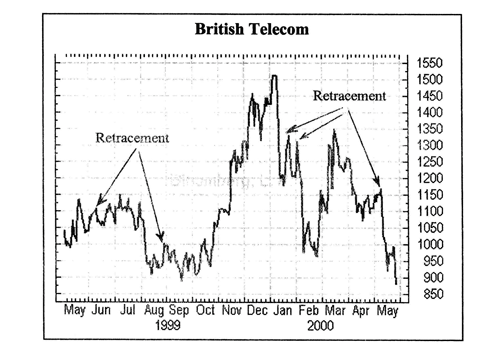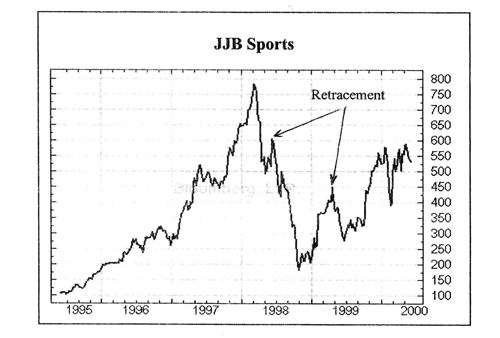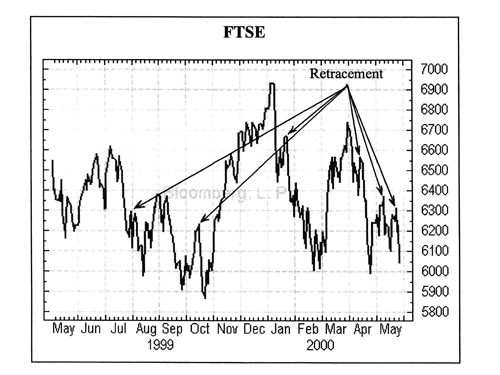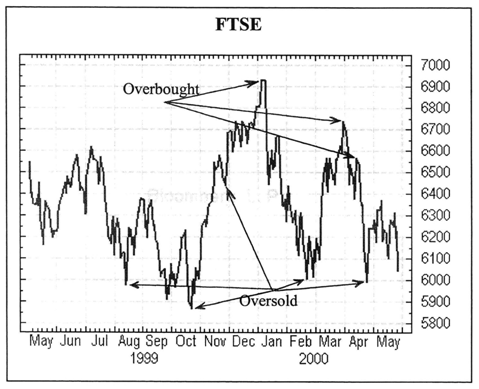Retracement has proved reliable for many years and continues to be used for most financial trades. The standard course of action markets take is a move in one direction then followed then by a retracement which is a smaller move back in the opposite direction. A number of experts believe retracements are of significant importance and are vital for successful trading.
Remember that financial analysts often refer to a market being either overbought or oversold. Overbought conditions are when prices rise steeply very quickly. Oversold conditions exist when prices have dropped far too quickly. When either of these conditions occurs in a market a retracement occurs on its chart.
The hardest part is to predict how far a retracement will move. However, an unwritten rule has been developed to help you judge this. They rarely move more than 62% of the previous move. Other percentages include 38% and 50% of a previous move.
So which percentage?
This is, unfortunately, impossible to predict, but what a number of traders do is closely monitor retracement and watch what happens once each percentage is reached or is about to be reached. For example, if a retracement occurs and reaches 38.1%, it is clear that the retracement will continue to at least 50% of the previous move. Again, if it reaches 50.1% then it looks as though it’s heading towards the 62% figure.
Take a look at our earlier example again :

From November 1999 the BT share price experienced an overbought condition. Then in late December 1999 the share price experienced an oversold condition.
The same conditions can be seen from JJB Sports and the FTSE.


A good method to use, which will highlight these conditions, is to establish trend lines for the share price. If the share price moves sharply outside these trend lines with no apparent reason, then it’s safe to assume that the shares are either in an overbought or oversold area.

Big money could then be made because you’ll know that a retracement will occur at sometime and the share price will be heading back to its previous position.
Clever Strategy : Experienced traders can make a great deal of money by betting against the direction of the market when this kind of situation occurs. The only downside to this is that it’s more of a long-term view and you need to stick with your gut instinct even when markets appear not to be showing any signs of a return to normal levels. If you like, you’re playing poker with the bookmaker to see who can keep their nerve the longest. You’re betting on the fact that the market will turn even when every other technique suggests that it won’t. As you become more experienced and have bigger resources this really is one area of financial trading where you really can beat the bookie at their own game!
For the relatively inexperienced trader who is more interested in a short-term gain, the trick is to watch the market closely when it’s in an overbought or oversold area. Once signs of a retracement occur jump on quickly and, as they say, ‘enjoy the ride’!
Finally Remember : Technical analysis is very useful and used by many market experts. However, the snag is that it is not infallible and cannot take account of human interference. Therefore technical analysis should only be used as a guide to your own judgement.